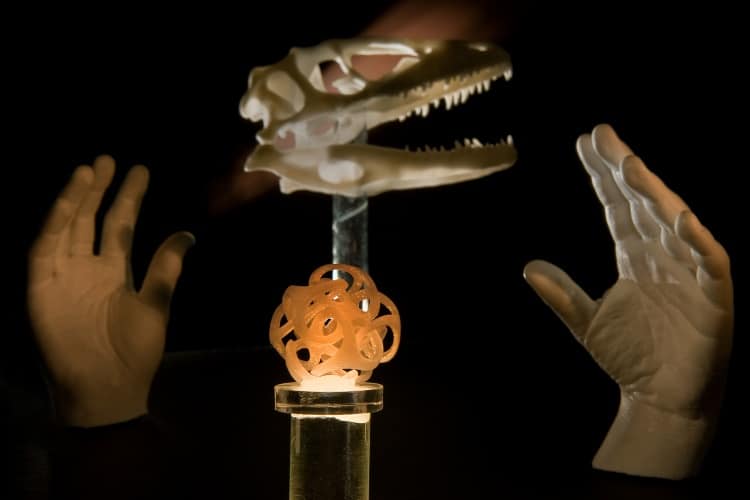Placing a smartphone next to a printer, the team was able to capture acoustic signals that carry information about the precise movements of the device’s nozzle. These signals can then be used to reverse engineer the object being printed, opening up the possibility of intellectual property being stolen in this way.

“In many manufacturing plants, people who work on a shift basis don’t get monitored for their smartphones, for example,” said Mohammad Al Faruque, director of UCI’s Advanced Integrated Cyber-Physical Systems Lab.
“If process and product information is stolen during the prototyping phases, companies stand to incur large financial losses. There’s no way to protect these systems from such an attack today, but possibly there will be in the future.”
3D printing systems convert digital information embedded in source code to build layer upon layer of material until an object takes shape. That source file - G-code - can be protected with encryption, but once the build process has begun, the printer emits sounds that reveal what's contained within the software.
The team stumbled across the discovery when they were examining the relationship between information and energy flows.
"According to the fundamental laws of physics, energy is not consumed; it's converted from one form to another - electromagnetic to kinetic, for example," Al Faruque said in a statement. "Some forms of energy are translated in meaningful and useful ways; others become emissions, which may unintentionally disclose secret information."
Once they realised that sounds revealed key elements of the printing source code, they were able to achieve an accuracy of almost 90 per cent when using the technique to duplicate a key-shaped object.
“Initially, we weren’t interested in the security angle,” said Al Faruque, “but we realised we were onto something, and we’re seeing interest from other departments at UCI and from various US government agencies.”
One possible way for manufacturers to address the issue would be to mask the acoustic signals with white noise, introducing “intentional acoustic randomness”. Al Faruque says that, at a minimum, companies using 3D-printers for commercially sensitive prototyping should prohibit smartphones being used in the general vicinity of production.





April 1886: the Brunkebergs tunnel
First ever example of a ground source heat pump?